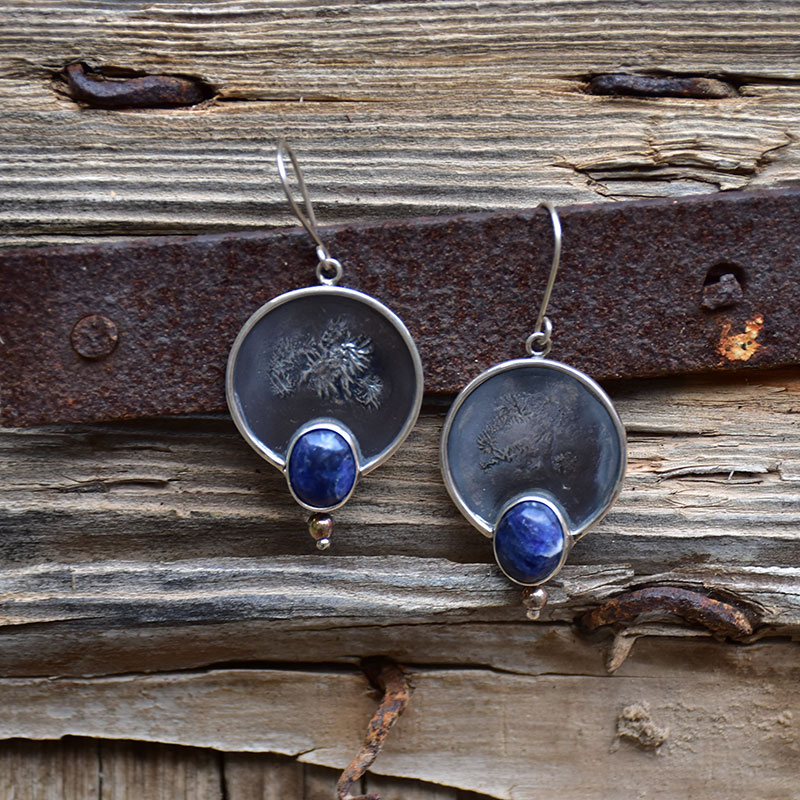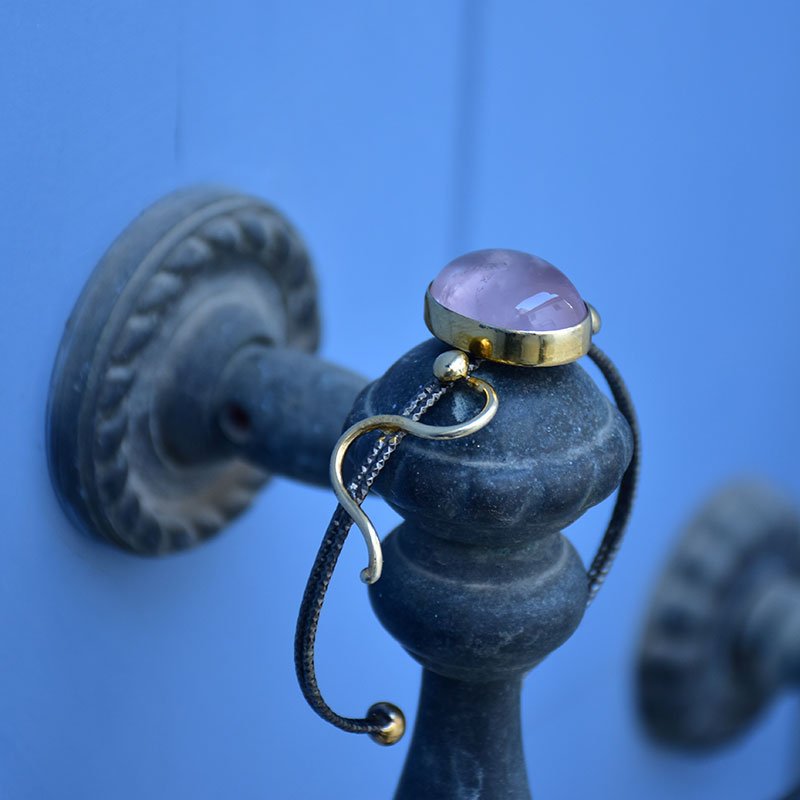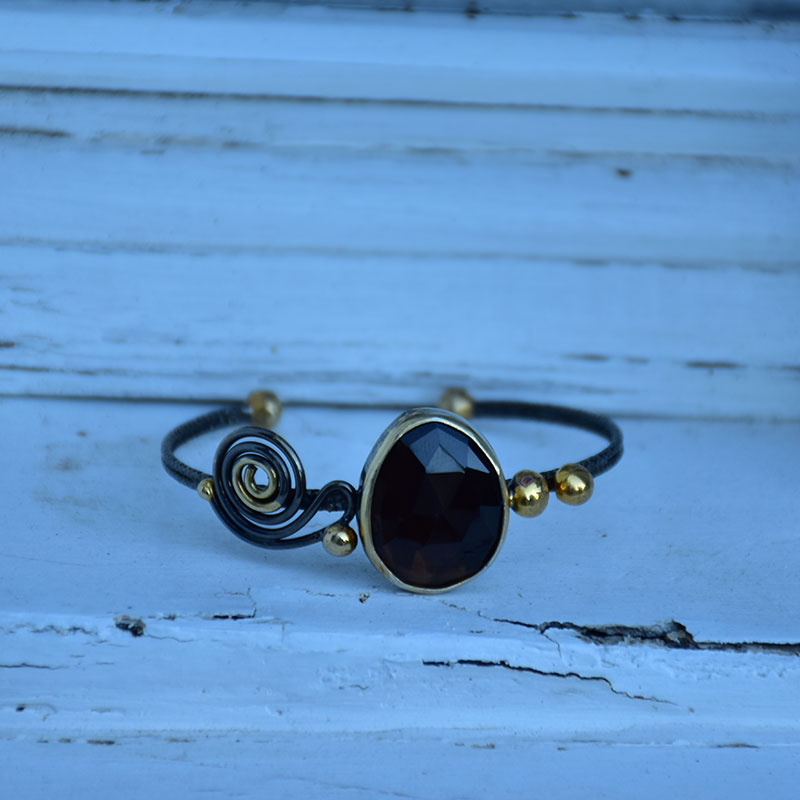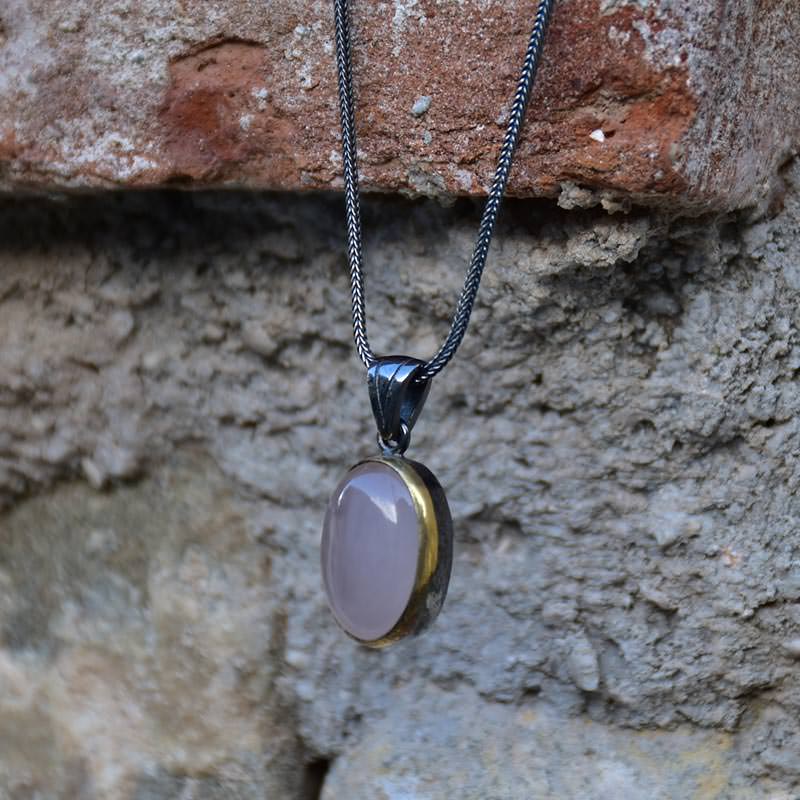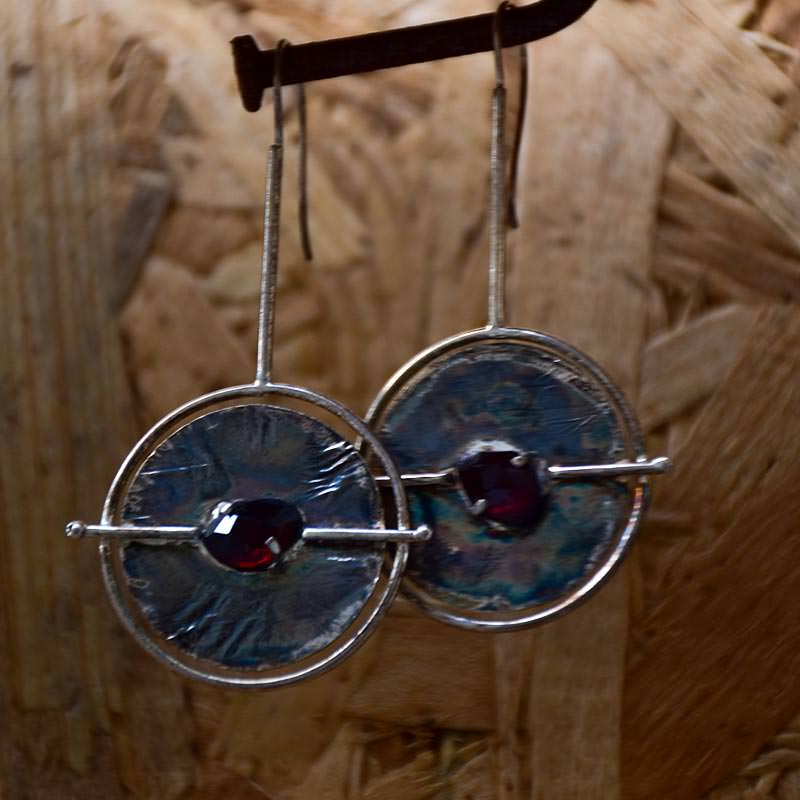

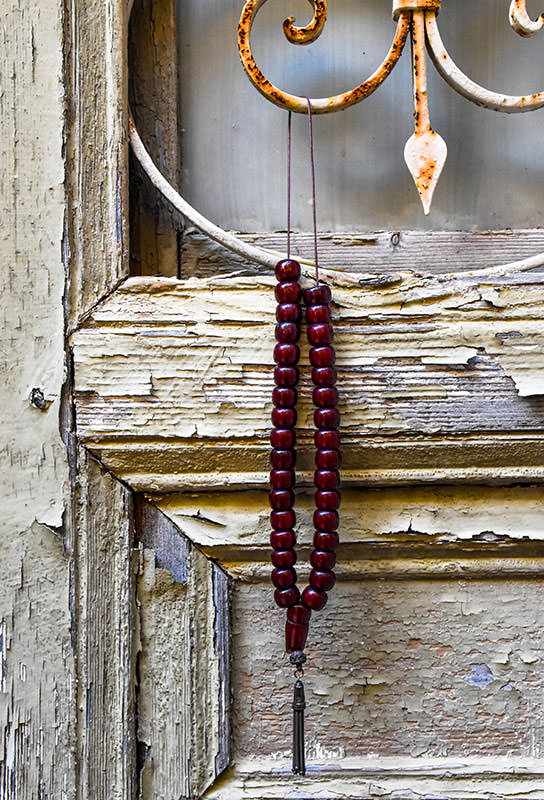
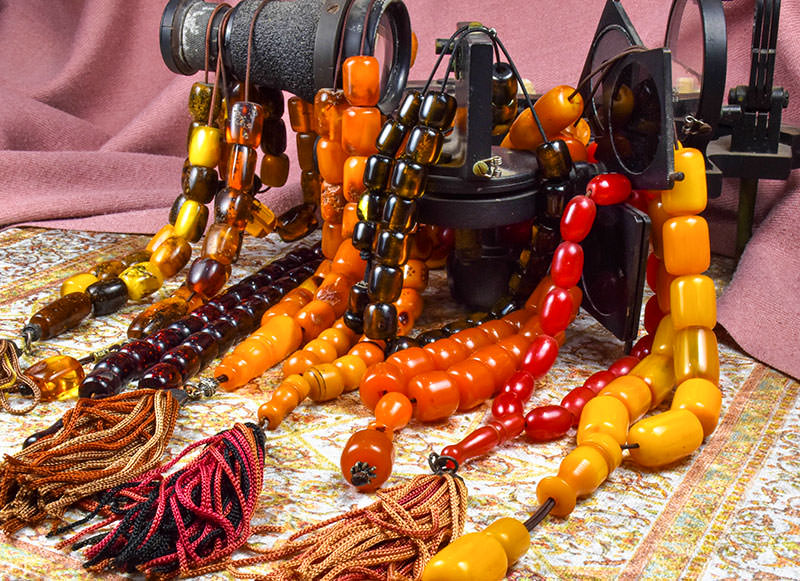

2500 years ago Buddhist monks in monasteries in India performed a daily cycle of 108 prayers during which they often got confused and repeated or forgot some of the prayers. Their priest was led to make a kind of rosary-cord which consisted of 108 knots on a rope tied in a circle like the circle of life. By running their fingers over each knot, the monks counted their prayers and relieved the nerve endings that end in their fingertips by applying light pressure to the knots. This rosary was called "Mala" from which "Komboloi" came from the combination of the word "knot" + "I say".
A little later in Arabia, about 1400 years ago, the Arabs in order to pray to Muhammad made their own rosary with 99 beads, because that was the number of their prayers, and called it "Mashaba".
We move forward in History and meet the rosary in Europe during the 13th century AD. Today's rosary with 5 sections of 10 beads tied in a circle, followed by 5 beads in a row with knots between them to separate them, and the construction ends in a cross. Its name comes from the Latin ROZARIUM which translates as "crown of roses" and is an important element of the tradition of the Catholic Church and other Christian denominations such as Old Catholics, Anglicans and Protestants.
In 300 AD the Orthodox of Egypt make their own rosary - prayer beads with 3 beads in a row and a cross at the end. With a rough correlation we would say that it looks like our present-day begleri. An element that helps us understand how habits and information are transferred over the centuries and evolve.
The course of the rosary continues and we find it among the Turks who transfer it to the Greeks in the interwar years, something inevitable after 400 years of possession. The Greeks assimilated it and adapted it to their own culture, civilization and Mediterranean temperament. As "The Greeks are not a people of subjugation and bad manners" they gave their own evidence by changing both the use and the symbolism of their rosary - ¨friend¨. The Turks therefore had 33 beads in a circle with a free space of just one bead and at the end a double bead which the Turks called Veziri. The Greeks developed it by leaving a larger free space between the beads equal to the width of a palm and the large bead that joins the two edges of the circle was called Papa. The number of beads is always odd and varies according to the needs and taste of its owner. The worrybead for the Greeks never served religious purposes. It has always been a means of relaxation, contemplation and philosophy. A way to release the excess energy, joy or melancholy, from the body and find a way out in a "friend - partner", in our kompologaki. It was a toy, a fetish, a valuable collector's item.
One of the first photos we have in our hands is from around 1840 where a local lord of Karystos welcomes Othona holding his worrybead.
Great names from the artistic, business and political spheres of the 20th and 21st centuries are well-known enthusiasts and collectors of rare and multi-volume worrybeads from around the world.
For several years the worrybead was monopolized by men, but over the years it has also passed into women's hands.




